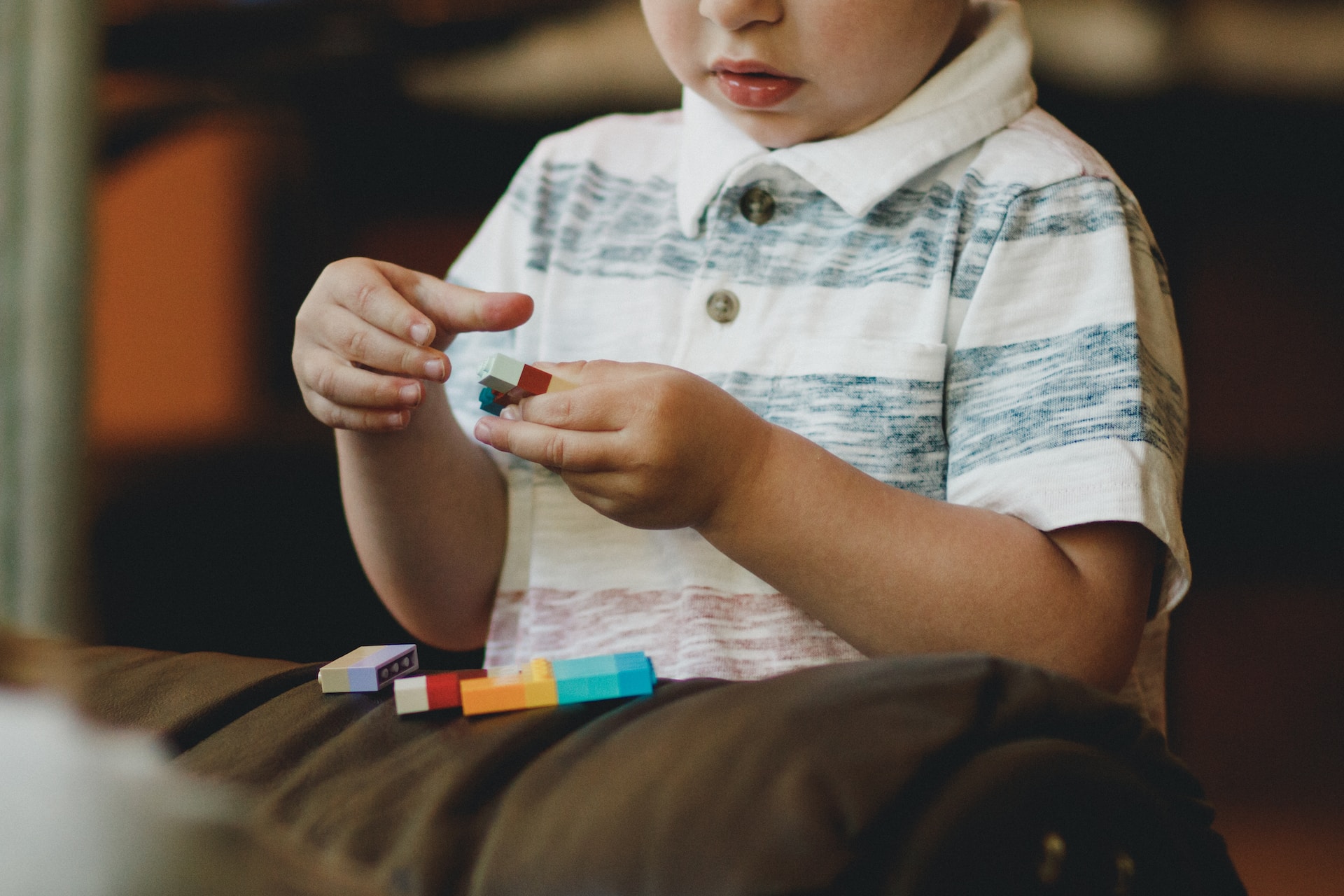Autism is a developmental disorder that affects how people communicate, interact, and behave. Autism spectrum disorder (ASD) is a term that covers a wide range of symptoms and abilities, from mild to severe. People with ASD have different strengths and challenges, but they share some common features.
Signs of Autism
It can be detected as early as 18 months of age, but some signs may not show up until later in childhood or adulthood. Some common signs of autism are:
- Social skills: Difficulty making eye contact, understanding emotions, or sharing interests
- Behaviors: Repetitive or restricted actions, such as rocking, flapping, or lining up objects
- Sensory issues: Over- or under-sensitivity to sounds, lights, or textures
- Language: Delays or differences in speaking, repeating words, or having trouble with conversation
- Learning: Difficulties or strengths in math, reading, memory, or other skills
Not every person with autism has the same signs or symptoms. Some people may have only a few mild signs, while others may have many severe signs. The severity of autism can change over time and across different situations.
Causes of Autism
The exact causes of autism are unknown, but researchers think that both genes and environment play a role. Some possible risk factors are:
- Family history: Having relatives with autism or related conditions
- Genetic mutations: Having changes in the DNA that affect brain development
- Prenatal exposure: Being exposed to infections, toxins, or medications during pregnancy or early childhood
- Birth complications: Being born prematurely or with low birth weight
These factors do not cause autism by themselves. They may increase the chance of developing autism with other factors. There is no evidence that vaccines cause autism.
Diagnosis of Autism
There is no single test that can diagnose autism. It is diagnosed based on how the person acts and develops. The diagnosis may involve:
- Interviews: Talking to parents and caregivers about the person’s history and behavior
- Tests and questionnaires: Using standardized tools to measure the person’s skills and symptoms
- Observation: Watching how the person behaves and interacts with others
The diagnosis may take time and require multiple visits to different specialists. Some of the professionals who may help with the diagnosis are:
| Professional | Role |
|---|---|
| Pediatrician | A doctor who treats children and checks their health and growth |
| Psychologist | A specialist who studies how people think, feel, and behave |
| Psychiatrist | A doctor who treats mental health problems and prescribes medication |
| Speech-language pathologist | A specialist who helps people with communication and language problems |
| Occupational therapist | A specialist who helps people with daily activities and skills |
| Neurologist | A doctor who treats problems with the brain and nervous system |
| Geneticist | A doctor who studies genes and inherited conditions |
The diagnosis may also include finding out if the person has any other conditions that affect their health and well-being. Some common conditions that may happen along with autism are:
- Attention-deficit/hyperactivity disorder (ADHD)
- Anxiety disorders
- Depression
- Obsessive-compulsive disorder (OCD)
- Intellectual disability
- Learning disabilities
- Epilepsy
- Sleep problems
- Gastrointestinal problems
Treatment of Autism
There is no cure for autism, but there are many ways to help people with autism improve their skills and quality of life. The best treatment for each person depends on their needs and goals. Some common types of treatment are:
- Behavioral therapy: Teaching positive behaviors and reducing negative behaviors using rewards, models, and cues
- Educational therapy: Providing individualized and specialized instruction and support in school settings
- Speech-language therapy: Improving the ability to understand and use language, both verbally and non-verbally
- Occupational therapy: Enhancing the ability to do daily activities and occupations, such as dressing, eating, playing, working, and leisure
- Physical therapy: Improving the ability to move and coordinate the body, such as walking, running, jumping, and balancing
- Medication: Using drugs to treat some of the symptoms or co-occurring conditions that affect mood, anxiety, attention, hyperactivity, aggression, or seizures
Medication is not a cure for autism and should be used carefully and under medical supervision.
Trends and Updates on Autism
It is a complex and dynamic condition that is constantly being researched and explored by scientists, clinicians, advocates, and people with lived experience. Some of the latest trends and updates are:
- Prevalence: The number of people with autism has increased over the years. According to the latest report by the Centers for Disease Control and Prevention (CDC), one in 44 children in the United States had ASD in 2020, compared to one in 54 in 2016. The reasons for this increase are not clear but may include better awareness, diagnosis, and reporting of autism.
- Diversity: It is not a one-size-fits-all condition. People with autism have different backgrounds, identities, cultures, experiences, and perspectives. The neurodiversity movement supports the acceptance and inclusion of people with different brain variations, such as autism. The Autism Acceptance Month is an annual event that celebrates autistic culture and community.
- Innovation: It is not a barrier to creativity or achievement. People with autism have contributed to various fields of science, art, technology, and society. The Autistic Self Advocacy Network (ASAN) is an organization that empowers autistic people to speak for themselves and advocate for their rights. The Autism Innovation Grant is a program that funds projects that improve the lives of autistic people in India.
Conclusion
Autism is a developmental disorder that affects how people communicate, interact, and behave. Autism spectrum disorder (ASD) is a term that covers a wide range of symptoms and abilities, from mild to severe. People with ASD have different strengths and challenges, but they share some common features.
It can be detected as early as 18 months of age, but some signs may not show up until later in childhood or adulthood. Autism is diagnosed based on how the person acts and develops. Autism is treated in various ways to help people with autism improve their skills and quality of life.
It is a complex and dynamic condition that is constantly being researched and explored by scientists, clinicians, advocates, and people with lived experience. It is a diverse and vibrant condition that is recognized and celebrated by the neurodiversity movement. It is an innovative and inspiring condition that fosters creativity and achievement in various fields of science, art, technology, and society.
Autism is not a disease or a defect. Autism is a difference and a gift.





